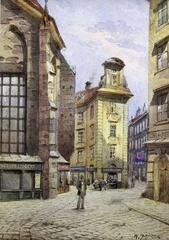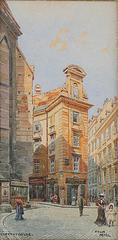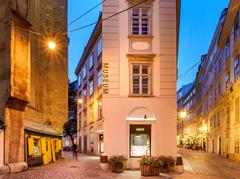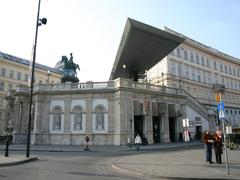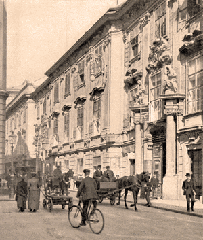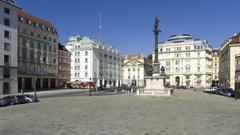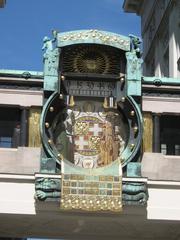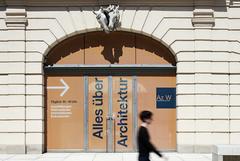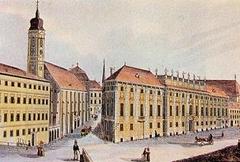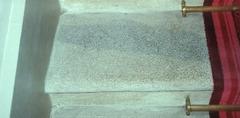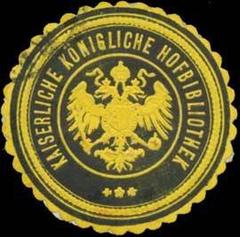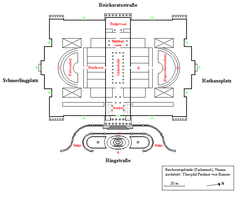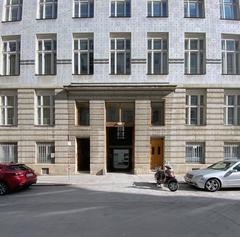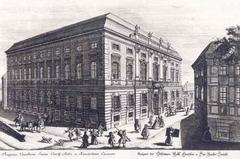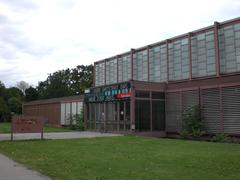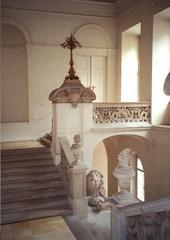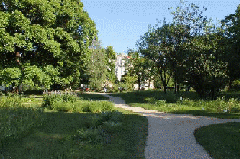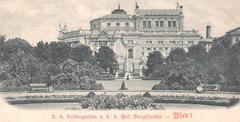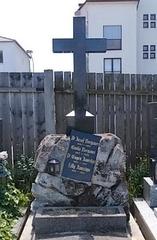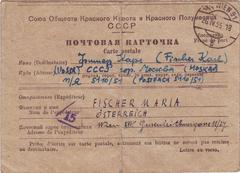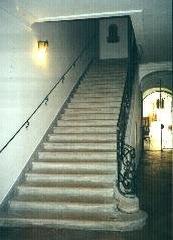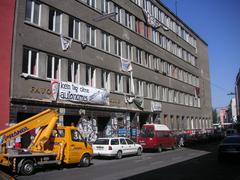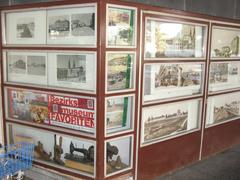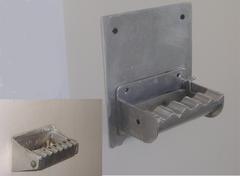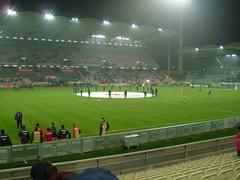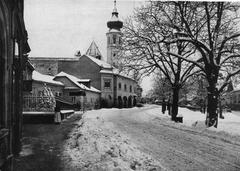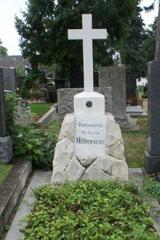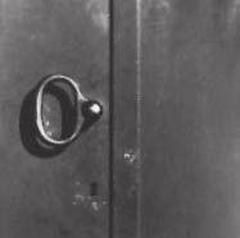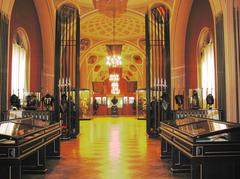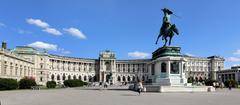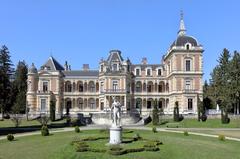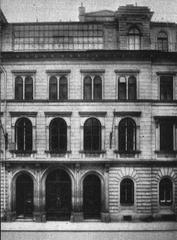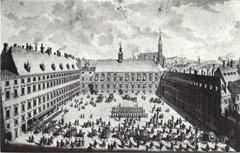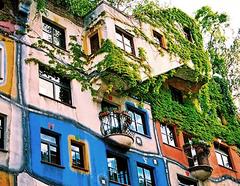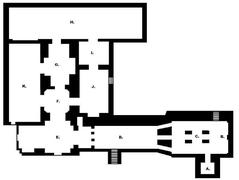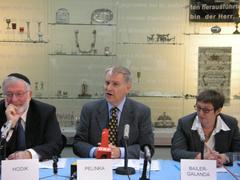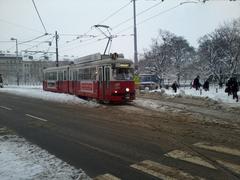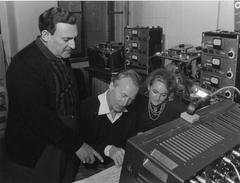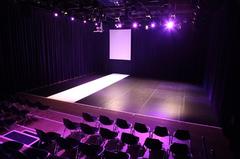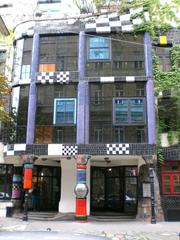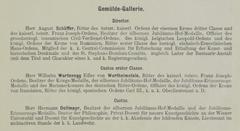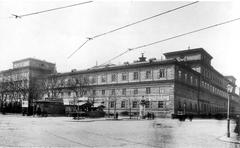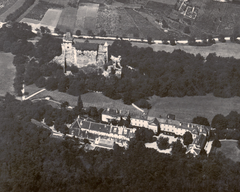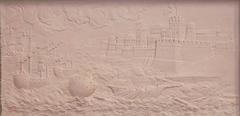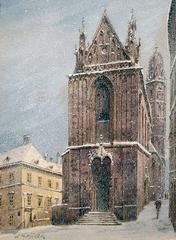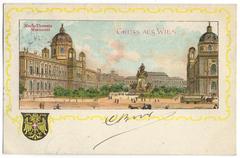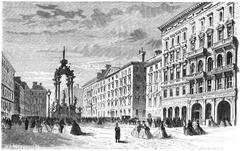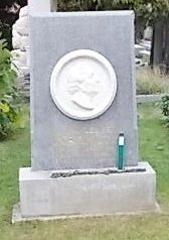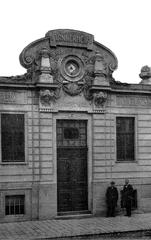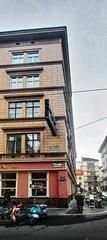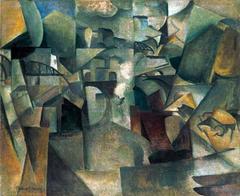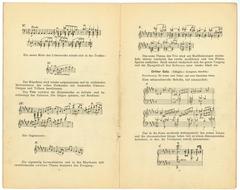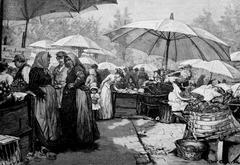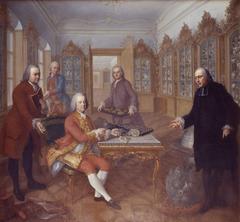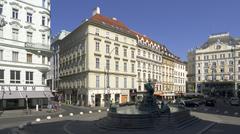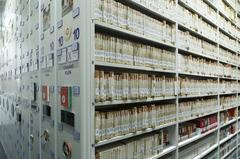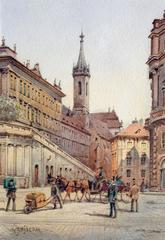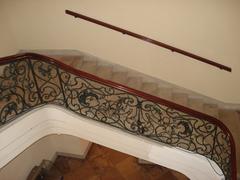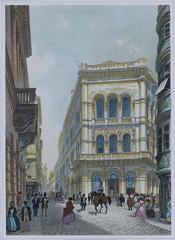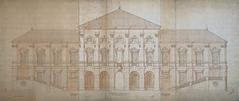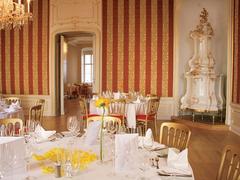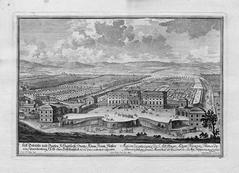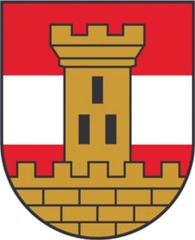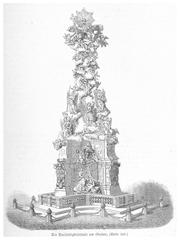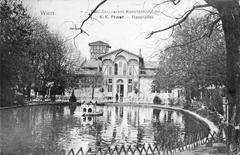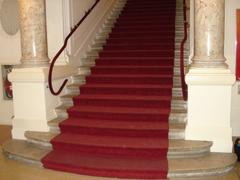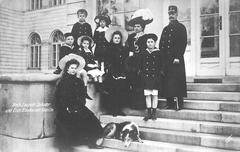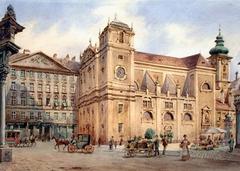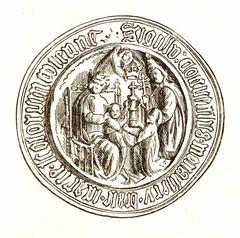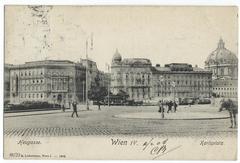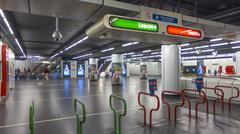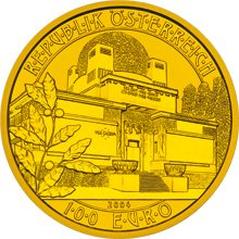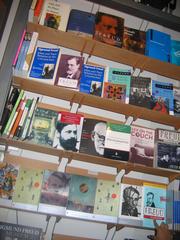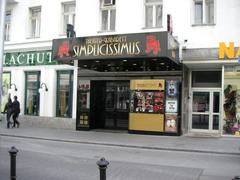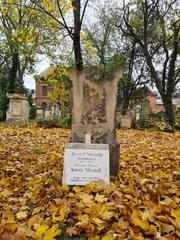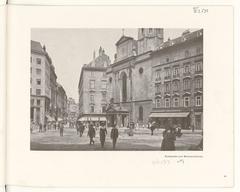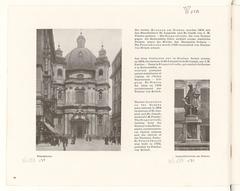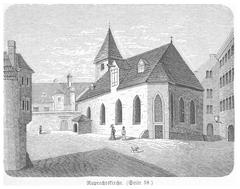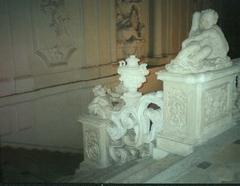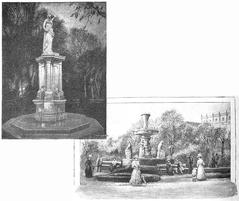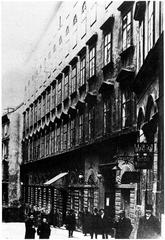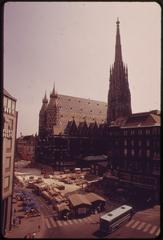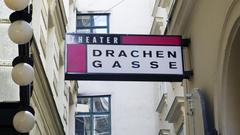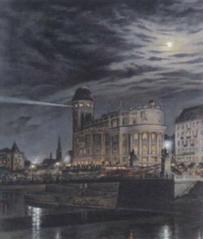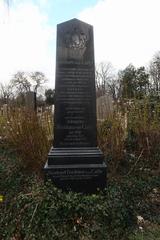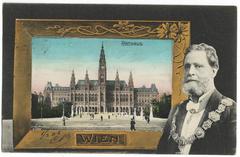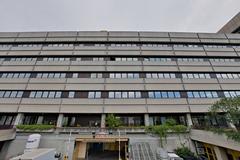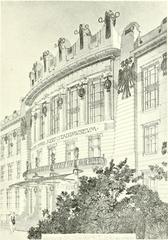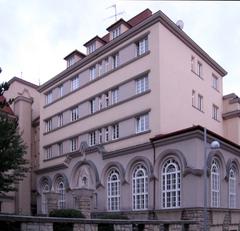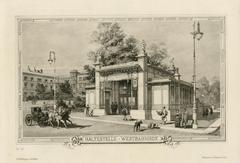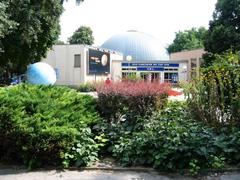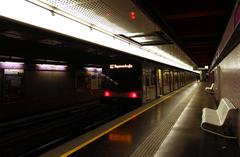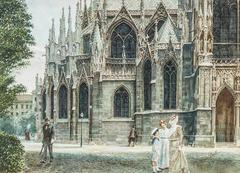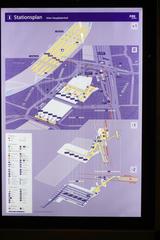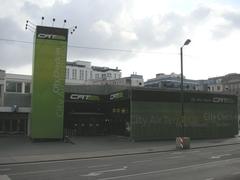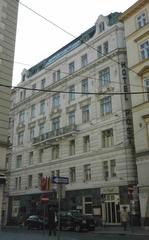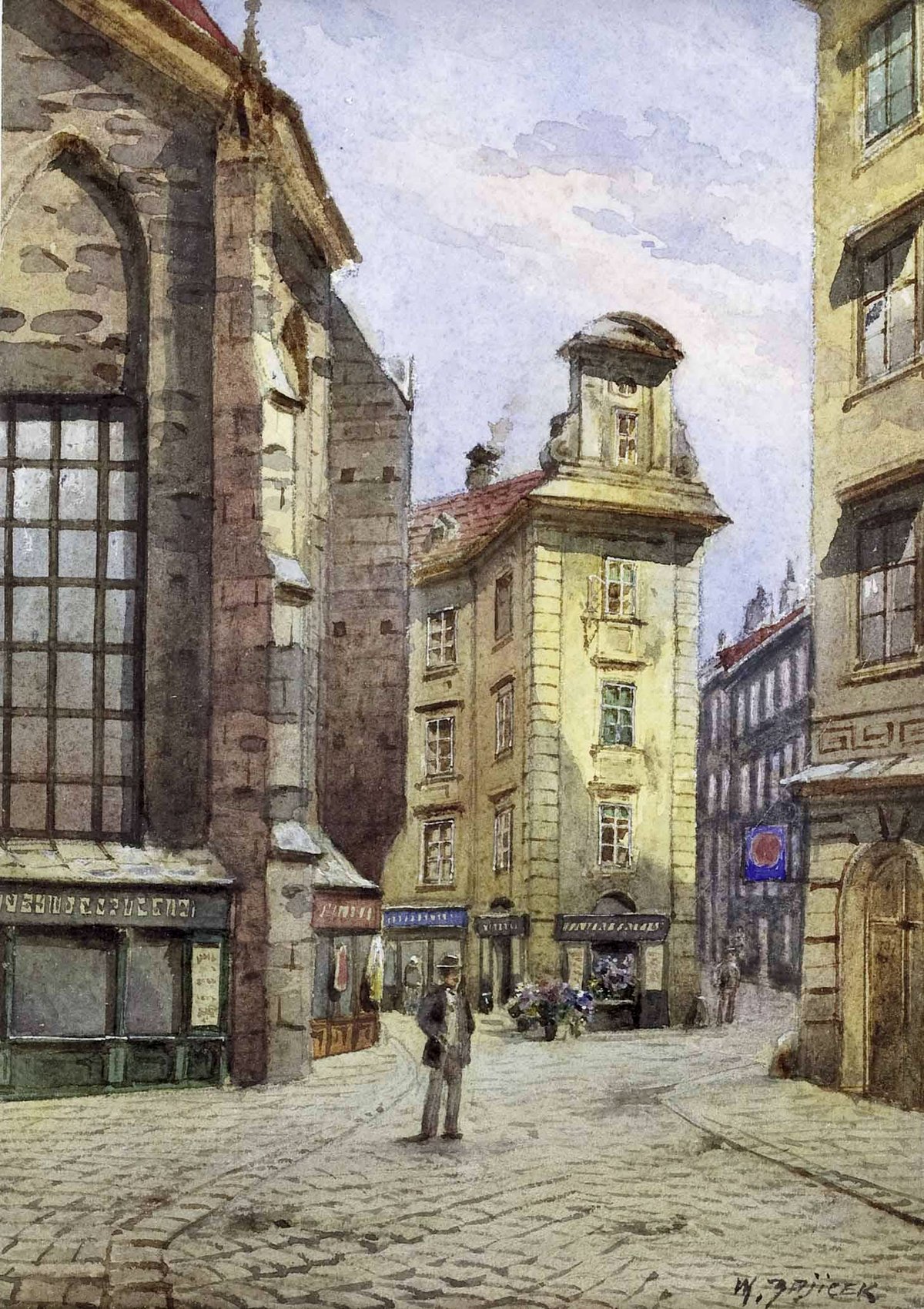
Visiting Hours, Tickets, and Historical Insights of Palais Obizzi in Vienna
Date: 24/07/2024
Introduction
Palais Obizzi, nestled in the Innere Stadt of Vienna, Austria, is a gem of Baroque architecture and a hub of cultural heritage. Originally constructed in the early 17th century as a grand residence for the noble Obizzi family, this magnificent palace has evolved over the centuries, now housing the renowned Vienna Clock Museum. The museum offers an exquisite glimpse into the art and science of timekeeping, boasting an extensive collection of timepieces ranging from ancient sundials to intricate mechanical clocks. Visitors are not only treated to the historical and cultural significance of the palace but also to its architectural beauty, characterized by elaborate decorations and grandiose forms that reflect the Baroque style. This guide aims to provide comprehensive information on the history, significance, and visitor details of Palais Obizzi, ensuring a rich and engaging experience for all who visit (Wikipedia, Visit a Museum, ArchDaily).
Table of Contents
- Introduction
- Historical Background of Palais Obizzi
- Visitor Information - Palais Obizzi Tickets and Opening Hours
- Cultural and Educational Programs
- Notable Exhibits
- Visitor Experience
- Preservation and Future Plans
- FAQ
- Conclusion
Historical Background of Palais Obizzi
Early Beginnings and Construction
Palais Obizzi’s history dates back to the early 17th century when it was constructed as a residence for the influential Obizzi family. The palace exemplifies the Baroque architectural style with its elaborate decorations and grandiose forms. Visitors can marvel at the intricate details that reflect the sense of movement and drama characteristic of this period.
The Obizzi Family and Their Influence
The Obizzi family were significant figures in Vienna’s cultural and political scene during the 17th and 18th centuries. Their patronage of the arts and contributions to the city’s cultural fabric made Palais Obizzi a hub for social gatherings, concerts, and theatrical performances, attracting artists and intellectuals from across Europe.
Transformation into the Clock Museum
In 1917, Palais Obizzi was converted into the Vienna Clock Museum (Wikipedia). This marked a new chapter, showcasing a vast collection of timepieces from ancient sundials to intricate mechanical clocks, highlighting the evolution of timekeeping technology.
Impact of World War II
World War II posed significant challenges for the museum, leading to the closure and dispersal of clocks to various castles in Lower Austria for safety (Wikipedia). Despite these efforts, many clocks were lost or damaged. Post-war restoration efforts, funded by the City of Vienna and private donations, helped rebuild and expand the collection.
Post-War Restoration and Expansion
The museum’s collection saw significant growth post-war, thanks to dedicated staff and generous donors. New exhibits and educational programs were introduced to engage the public and promote an appreciation for timekeeping.
Modern-Day Significance
Today, Palais Obizzi stands as a testament to Vienna’s rich cultural heritage. The Vienna Clock Museum continues to attract global visitors, offering a unique glimpse into the history of timekeeping and the craftsmanship of clocks. The exhibits are meticulously curated, providing an educational and engaging experience.
Visitor Information - Palais Obizzi Tickets and Opening Hours
- Opening Hours: The Vienna Clock Museum is open from Tuesday to Sunday, 10:00 AM to 6:00 PM. It is closed on Mondays and public holidays.
- Tickets: General admission is €7, with reduced rates for students, seniors, and groups. Children under 19 enter for free. Special exhibitions and events may have additional charges.
- Location: Palais Obizzi is located at Schulhof 2, 1010 Vienna, Austria.
Travel Tips and Nearby Attractions
- Travel Tips: Use public transportation to reach the museum. The nearest subway station is Stephansplatz (U1, U3). Consider purchasing a Vienna City Card for unlimited travel and discounts at various attractions.
- Nearby Attractions: After visiting Palais Obizzi, explore nearby historical sites such as St. Stephen’s Cathedral, the Hofburg Palace, and the Albertina Museum.
Accessibility at Palais Obizzi
- Accessibility Features: The museum is wheelchair accessible, with ramps and elevators available. Audio guides and tactile exhibits are provided for visually impaired visitors.
- Facilities: Accessible restrooms and seating areas are available throughout the museum.
Architectural Highlights
Palais Obizzi features a blend of Baroque and Rococo elements, with ornate facades, grand staircases, and intricately decorated interiors. The grand hall, preserved in its original form, hosts special exhibitions and events, showcasing high ceilings, elaborate frescoes, and opulent chandeliers.
Cultural and Educational Programs
The Vienna Clock Museum offers guided tours, workshops, and lectures on the history and science of timekeeping. Collaborations with schools and universities provide educational resources and opportunities for students to engage with the exhibits.
Notable Exhibits
- Astronomical Clocks: Demonstrating advanced knowledge of astronomy and mechanics by past clockmakers.
- Pocket Watches: Showcasing the evolution of portable timekeeping devices from the 16th century to the present day.
- Decorative Clocks: Featuring ornate mantel clocks and elaborate wall clocks, each with a unique story and historical context.
Visitor Experience
Visitors can expect an immersive experience with interactive displays and multimedia presentations. Knowledgeable staff provide insightful commentary, enhancing the visitor experience. A gift shop and café are available for a comfortable and enjoyable visit.
Preservation and Future Plans
Ongoing conservation efforts ensure the timepieces are maintained in optimal condition, preserving the historical integrity of the palace. Future expansions and renovations aim to enhance the visitor experience and maintain the museum’s status as a leading institution in horology.
FAQ
- What are the opening hours of Palais Obizzi?
- The museum is open from Tuesday to Sunday, 10:00 AM to 6:00 PM.
- How much are the tickets for the Vienna Clock Museum?
- General admission is €7, with reduced rates for students, seniors, and groups. Children under 19 enter for free.
- Is Palais Obizzi wheelchair accessible?
- Yes, the museum is wheelchair accessible with ramps, elevators, and accessible facilities.
Conclusion
Palais Obizzi is a historical and cultural landmark in Vienna, offering a rich history that spans several centuries. From its origins as a noble residence to its current role as the Vienna Clock Museum, the palace has played a significant role in the city’s cultural life. Its architectural beauty, extensive collection of timepieces, and engaging educational programs make it a must-visit destination for anyone interested in the history of timekeeping and the cultural heritage of Vienna. Be sure to explore this gem and immerse yourself in the fascinating world of horology.
References
- Vienna Museum (Wikipedia), n.d.
- Uhrenmuseum: Fantastic Watches in a Barocco Palace in the Heart of Vienna (Visit a Museum), n.d.
- Vienna’s Architectural Evolution: 21 Landmarks Spanning Baroque, Secession, and Contemporary Styles (ArchDaily), n.d.
- Things to Do in Vienna July (Vienna Unwrapped), n.d.
- Category: Palais Obizzi (Commons Wikimedia), n.d.
- Vienna Tourist Attractions (Planetware), n.d.
